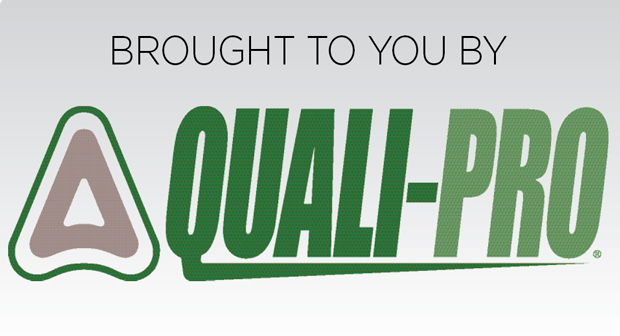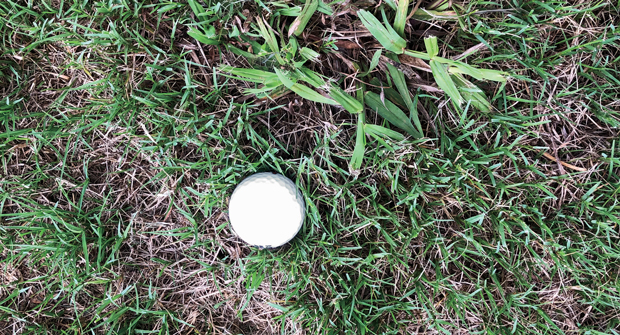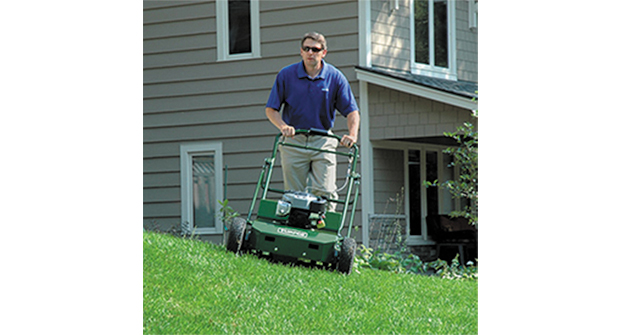Nothing ruins a perfect lawn quite like dallisgrass. This clumpy warm-season grass, found throughout the U.S. but most heavily in the south and southeast, was originally a forage plant introduced from South America in the 1800s.
Now, this pest bunches up everywhere in lawns, golf courses, sports fields and wherever it can sink its roots into, creating gaudy and uneven clumps that can diminish the quality of the turf.
Dallisgrass (Paspalum dilatatum) also grows much faster than other turfgrasses, has seedheads that can stay low to the ground and has coarse leaves that cut unevenly, meaning control solutions past simply mowing are needed.
A perennial pest
One dallisgrass benefit for lawn care operators (LCOs) is that, unlike many other turf pests, dallisgrass remains fairly consistent throughout the U.S. You don’t have to worry about different species or regional variations.
One important difference, however, is whether dallisgrass comes up from seed or as a perennial. Chris Butcher, Quali-Pro Southeast territory manager, says the perennial dallisgrass is far more difficult to treat.
“You can prevent dallisgrass from seed with your typical preemergents like prodiamine or dithiopyr — just a lot of different options out there for preventing dallisgrass from seed,” Butcher says. “However, a dallisgrass plant, if it’s a perennial, the typical preemergents are not going to work on that.”
Paying attention to dallisgrass that reemerges every year from its established root system is important to determine what kind you’re dealing with, as Butcher says treatment options are far more limited.
Tricky treatments
Dallisgrass reproduces through seeds and creeping underground stems called rhizomes, and options to stop this spread with an herbicide specific to dallisgrass are unfortunately lacking.
“We don’t really have a product that controls dallisgrass postemergent,” Butcher says. “There may be some other options out there, but I guess there’s no silver bullet.”
Butcher says monosodium methylarsonate (MSMA) was the standard for dallisgrass removal, but after the Environmental Protection Agency banned its use — except for golf courses, sod farms and highway rights-of-way — a better selective replacement hasn’t been found.
Some herbicides with active ingredients like trifloxysulfuron-sodium or pinoxaden can still show results, though, and applications in the spring and fall around the hot summer months are the most effective.
Butcher says non-selective herbicides like glyphosate and others can be effective in killing dallisgrass, but those also kill any other plant they touch. However, for open areas with high dallisgrass concentrations or where other vegetation isn’t needed, this can be the best solution.
Carefully digging out the dallisgrass — ensuring you remove the rhizomes — and proper turf maintenance and irrigation are also more traditional yet effective ways to keep your grass healthy and weed-resistant.
Crabgrass confusion
Butcher says one of the most common mistakes in treating dallisgrass is misidentification, as dallisgrass and crabgrass look very much alike.
“With crabgrass, it’s a pretty good product called Quinclorac,” Butcher says. “A lot of times guys will spray Quinclorac on dallisgrass thinking it’s crabgrass and it doesn’t work, and then they’ll say, ‘Why didn’t my treatment work?’”
With a keen eye, however, Butcher says there are a few ways to tell the difference, such as dallisgrass having a coarser texture and crabgrass having a lighter, slightly bluish color.
The seedheads are another identifying characteristic, and dallisgrass’ are noticeably larger, often with tiny black spots on them. Plus, in our growing digital age, Butcher recommends using technology designed to help.
“There’s a couple of apps now … one is called PictureThis,” Butcher says. “You can snap (a picture of) those weeds, and depending on what it is, it’ll give you a pretty close answer, if not right on.”



